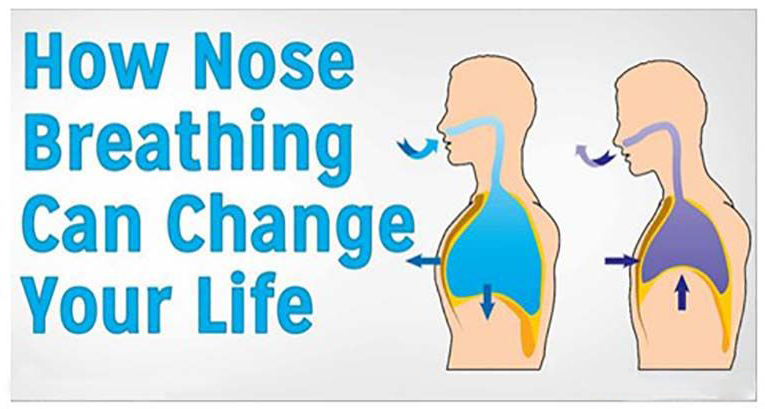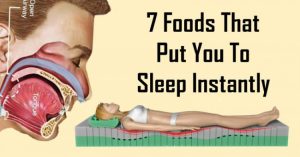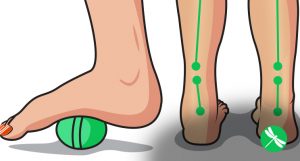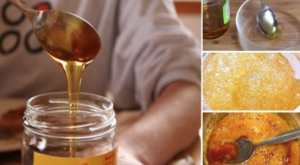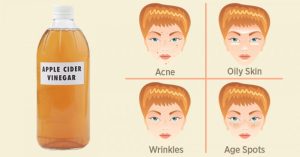Are you struggling to lose weight and maintain a healthy diet? You may have a toxic fatty acid that blocks weight loss.
Here's how a simple “Ice Hack” speed up my fat loss and helped me restore my health, watch now.
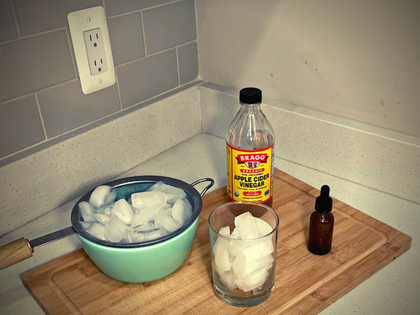
Proper breathing is through easy, soft, and calm breaths. it isn’t visible or audibly apparent. If the hairs on your nose don’t move when you breathe, this indicates that you have successfully lowered the speed of breathing that allows you to go into a peaceful, meditative state more quickly.
In fact, the key to stress management and good health is to breathe deeply through your nose. However, this well-known technique of breathing deep can actually produce opposite results. In fact, if you are feeling stressed it’s best to breathe from the diaphragm at a slower pace.
When you breathe through your nose, you release nitric oxide which, is carried to your lung. Humans are born to breathe by the nose, but many people have developed abnormal breathing patterns that lead to breathing through their mouth.
Breathing through your mouth can have adverse effects for your health, such as getting the condition known as asthma. If asthmatics feel that they’re not breathing enough oxygen, they begin breathing more heavily, and increasing the amount of air that is absorbed into the lungs. Thus, results in the decrease in carbon dioxide.
Here’s a breathing exercise to reduce stress and improve blood circulation:
- At first, place your palm on your stomach and the other one on your chest. Your chest should remain stationary as you breathe, while your belly should be moving a little.
- Breathe in and breathe out through your nose, keep your mouth closed. Concentrate on the cool and fresh air coming through your nose, and then the little warmer one that is leaving as you exhale.
- Reduce gradually the intensity of each breath until you feel the feeling that you are not breathing anymore, and your breath becomes silent. The most important aspect here is to create a mild craving for air. This is merely a sign that your blood is an enlargement of CO2, which signals your brain to start breathing.
It is possible to begin to see the positive outcomes of CO2 accumulation in 3-4 minutes of hunger. One of these is an increase in saliva as well as the body temperature. The first indicates that you’ve successfully activated the parasympathetic nervous systems, vital for reducing anxiety, while the second one shows that blood circulation has increased.
Air shortages should not be a cause for stress, but is a good thing to have. If you are experiencing an air shortage, you can take 15 seconds to stop the exercise prior to resuming it once again. This method of breathing can help you lower blood pressure without the need for medications. Additionally, nasal congestion will decrease and you can breathe more comfortably.
Here’s another breathing exercise to prevent panic attacks and anxiety:
This exercise will help you drastically when you’re suffering from anxiety or panic attacks, or when you’re feeling stressed and your thoughts won’t stop wandering. Plus, it can help you keep your mind on track and gradually build up carbon dioxide which will make your breathing more peaceful. Therefore, your desire to breathe will lessen as you relax more.
- Take a small amount of air via your nostrils.
- Hold for 5 seconds before releasing it slowly through your mouth.
- Breathe normally for 10 seconds.
- Repeat the entire process again for 3-4 times.
Source: healthandlovepage.com

